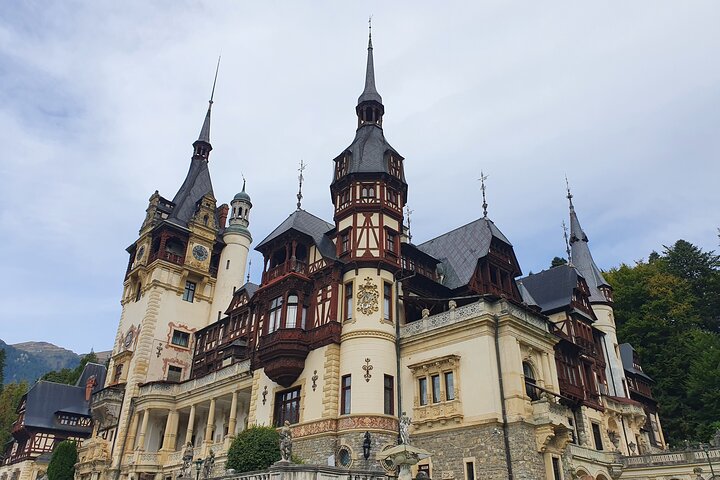Exploring the Shadows: A Journey Through Vlad the Impaler’s Romania
Drawn by the allure of history and legend, I embarked on a journey through Snagov to explore the life of Vlad the Impaler. Guided by the passionate Radu, this tour promised not just a glimpse into the past, but a deeper understanding of the stories that shape us.
A Journey into the Shadows
The air was thick with anticipation as I embarked on the Dracula Tour through the haunting landscapes of Snagov. The tales of Vlad the Impaler, a figure shrouded in both history and legend, had always intrigued me. As a writer, I find myself drawn to the darker corners of history, where myth and reality intertwine. This tour promised to be a journey not just through the physical landscapes of Romania, but through the shadowy corridors of time itself.
Our guide, Radu, was a master storyteller, weaving tales of Vlad III with a passion that brought the past to life. His knowledge was encyclopedic, yet his delivery was anything but dry. As we traveled through the Romanian countryside, Radu’s stories painted vivid pictures of a time when the land was a battleground for power and survival. His insights into the life of Vlad the Impaler, known as Dracula, were both enlightening and chilling.
The tour took us to the Snagov Monastery, a place steeped in mystery and legend. Hidden by woods and surrounded by the serene waters of Lake Snagov, the monastery felt like a world apart. It was here, according to legend, that Vlad’s body was secretly buried by the monks. Standing before the stone slab that supposedly marks his grave, I felt a shiver run down my spine. It was as if the very air was charged with the echoes of the past.
Reflections on History and Myth
As we continued our journey, I found myself reflecting on the nature of history and myth. Vlad the Impaler, a man whose life was marked by violence and intrigue, has become a symbol of fear and fascination. Yet, as Radu explained, he was also a ruler who fought fiercely to defend his land from the encroaching Ottoman Empire. The duality of his legacy is a reminder of the complexity of human nature.
Our next stop was the Mogosoaia Palace, a stunning example of Romanian Renaissance architecture. The palace, with its blend of Venetian and Ottoman elements, stood as a testament to the cultural crossroads that is Romania. Walking through its halls, I couldn’t help but think of the many lives that had passed through these rooms, each leaving their mark on history.
Radu’s stories of the palace’s turbulent past, from its time as an inn to its devastation during wars and revolutions, added layers to my understanding of this place. It was a reminder that history is not just a series of events, but a tapestry woven from the lives and stories of those who came before us.
The Soul of Snagov
Our final destination was the town of Snagov itself, a place where nature and history coexist in a delicate balance. The elongated, sinuous shape of Lake Snagov, with its many bays and rich biodiversity, was a sight to behold. As we walked along its shores, I felt a sense of peace that contrasted sharply with the dark tales of Vlad the Impaler.
The tour had been a journey through time, a chance to explore the layers of history that make up this fascinating region. But it was also a journey inward, a chance to reflect on my own path and the stories I choose to tell. In the end, the Dracula Tour was more than just a tour; it was an exploration of the human spirit, a reminder that even in the darkest of tales, there is light to be found.
As I left Snagov, I carried with me not just memories of a place, but a deeper understanding of the stories that shape us. And in the quiet moments of reflection, I found a renewed sense of purpose in my own journey of self-discovery.









































